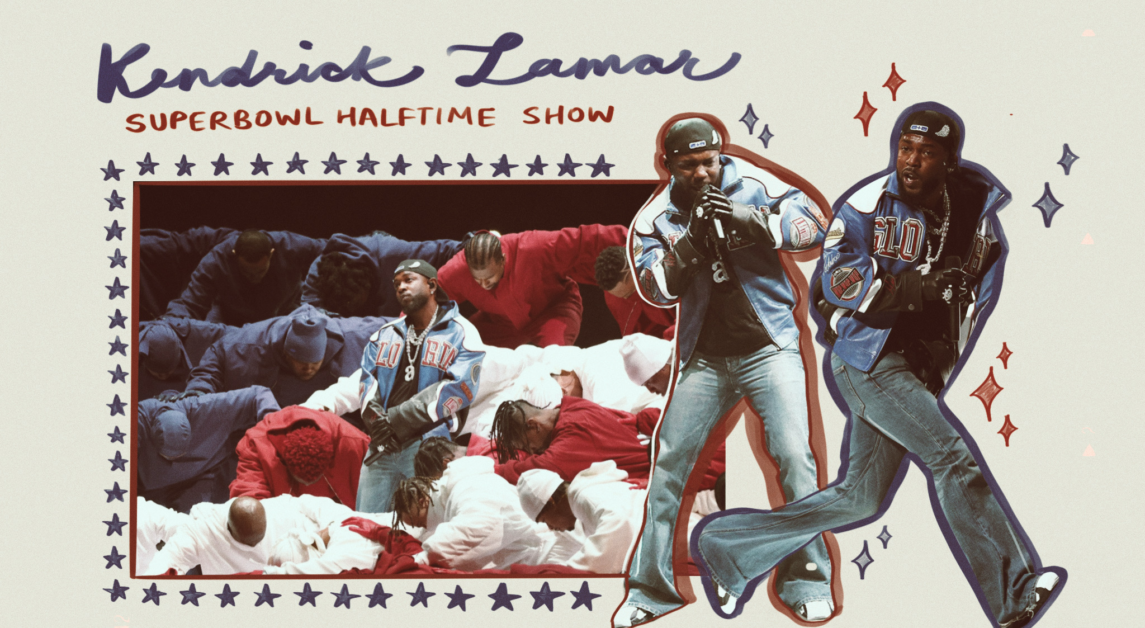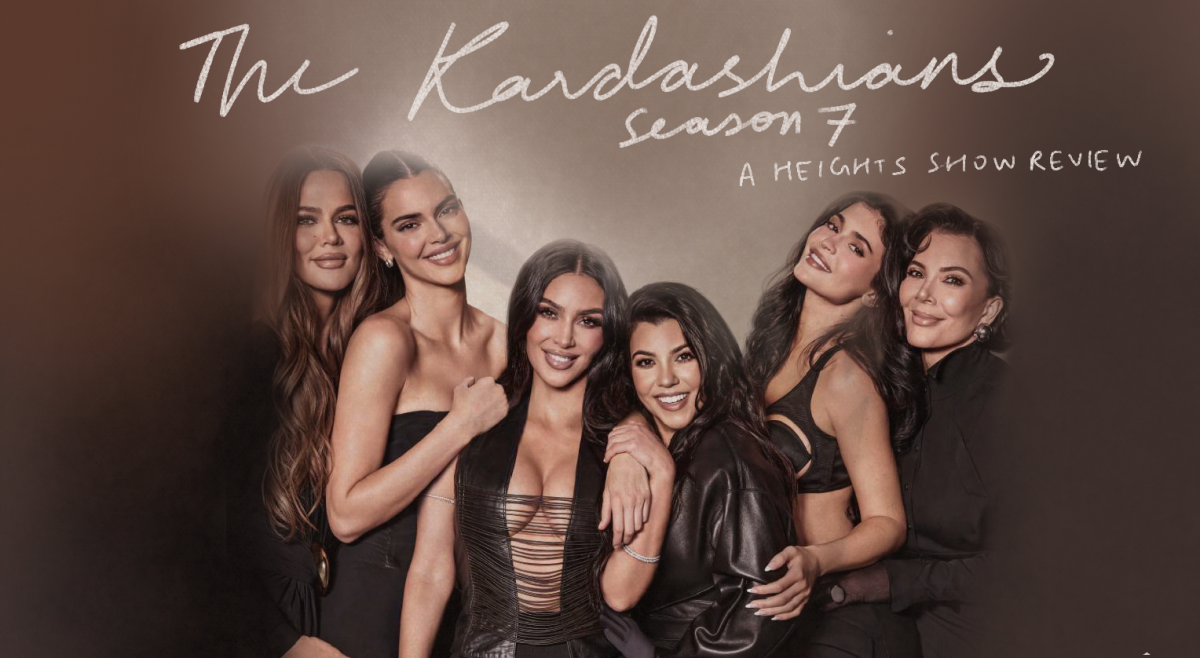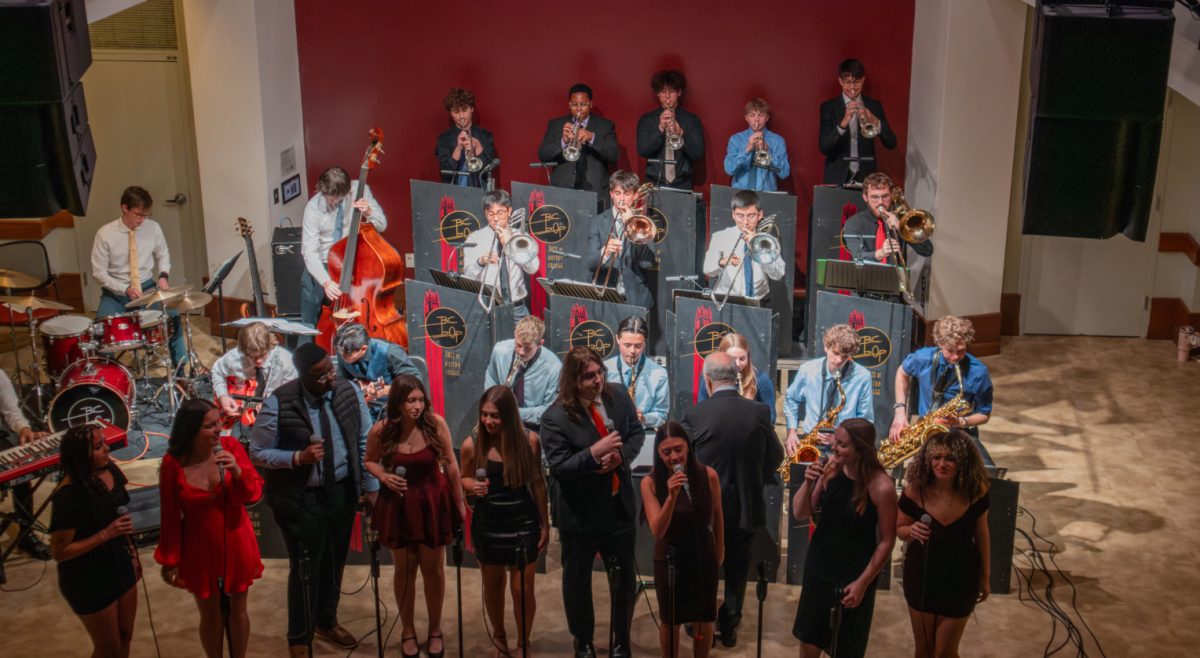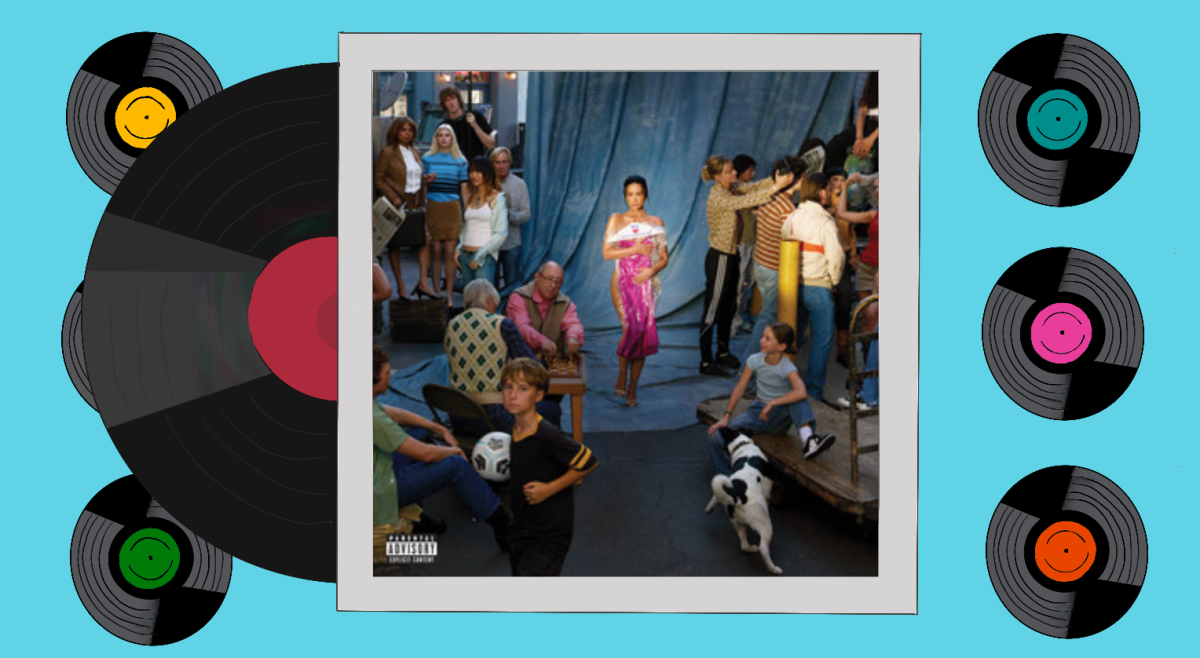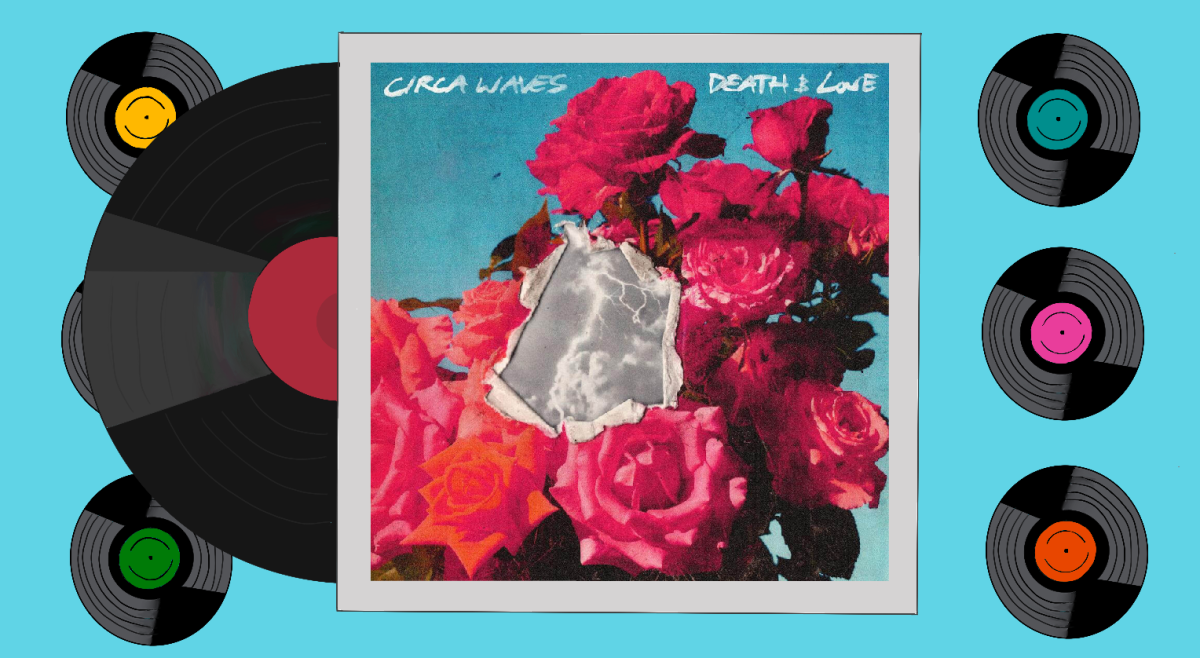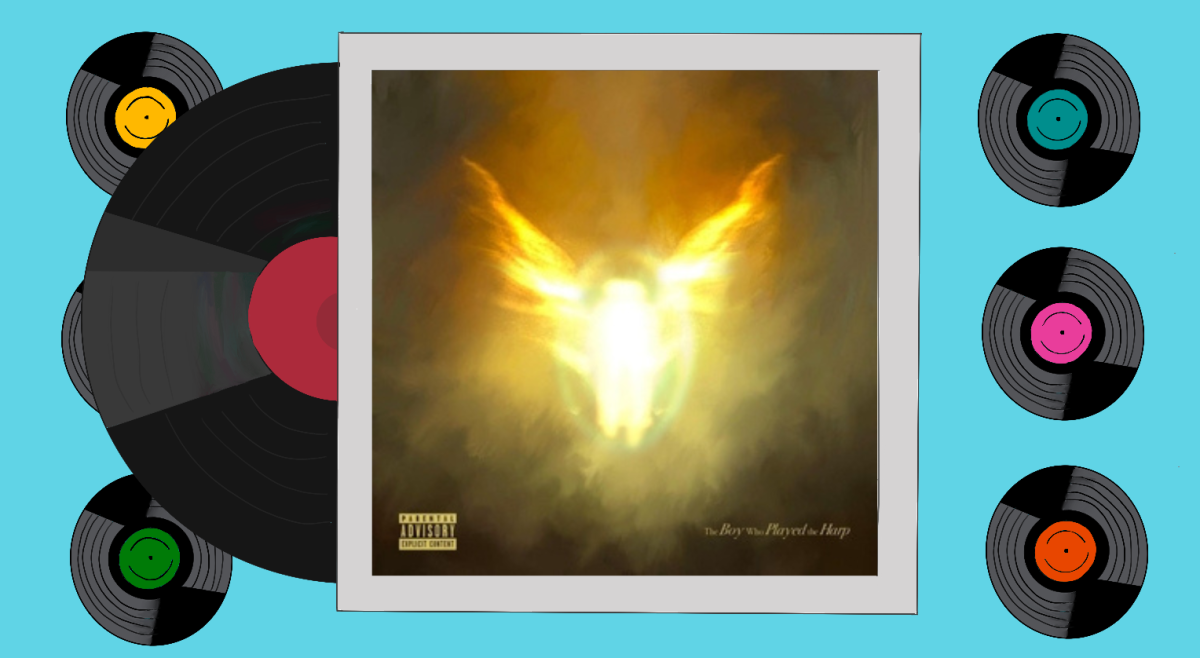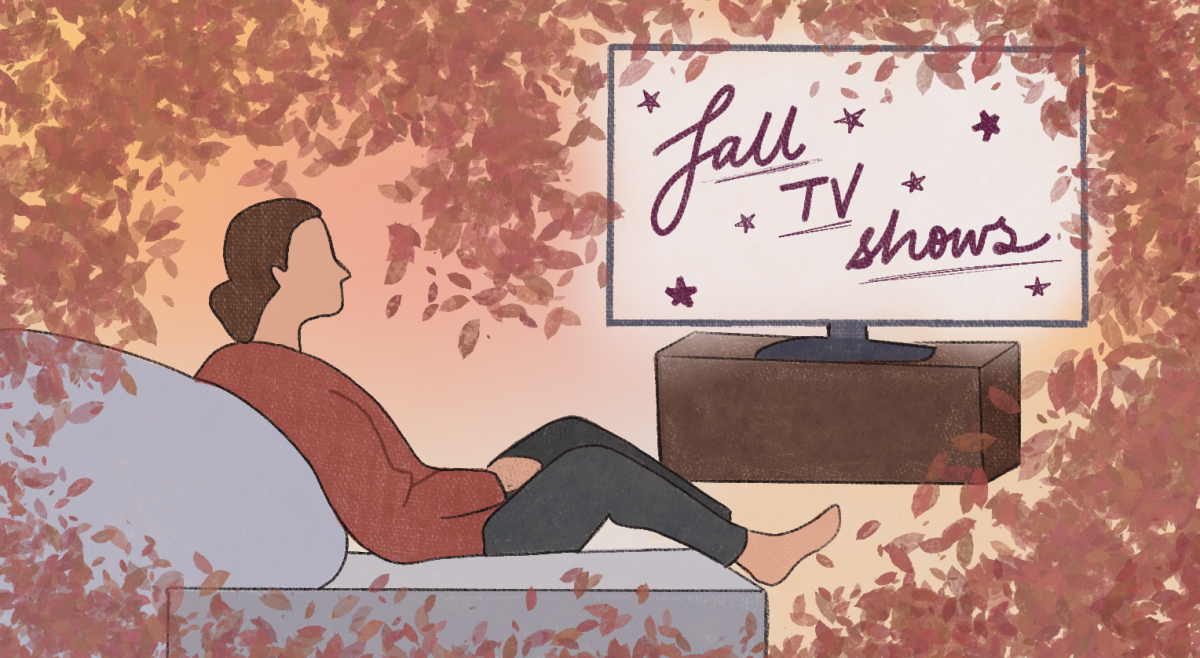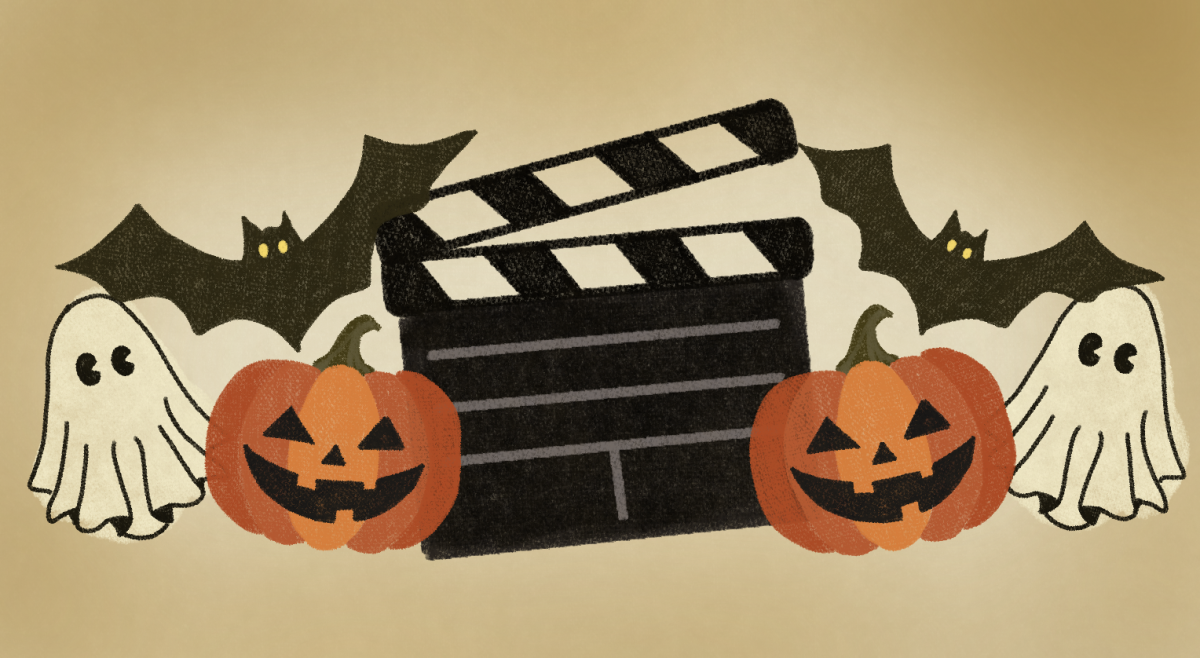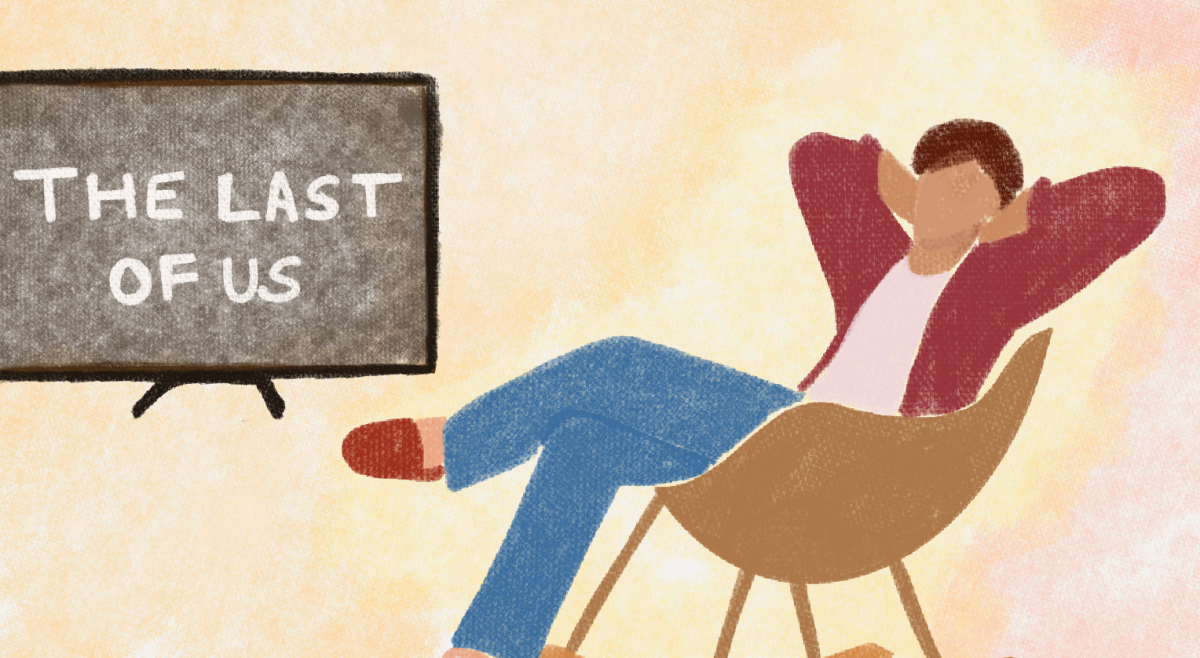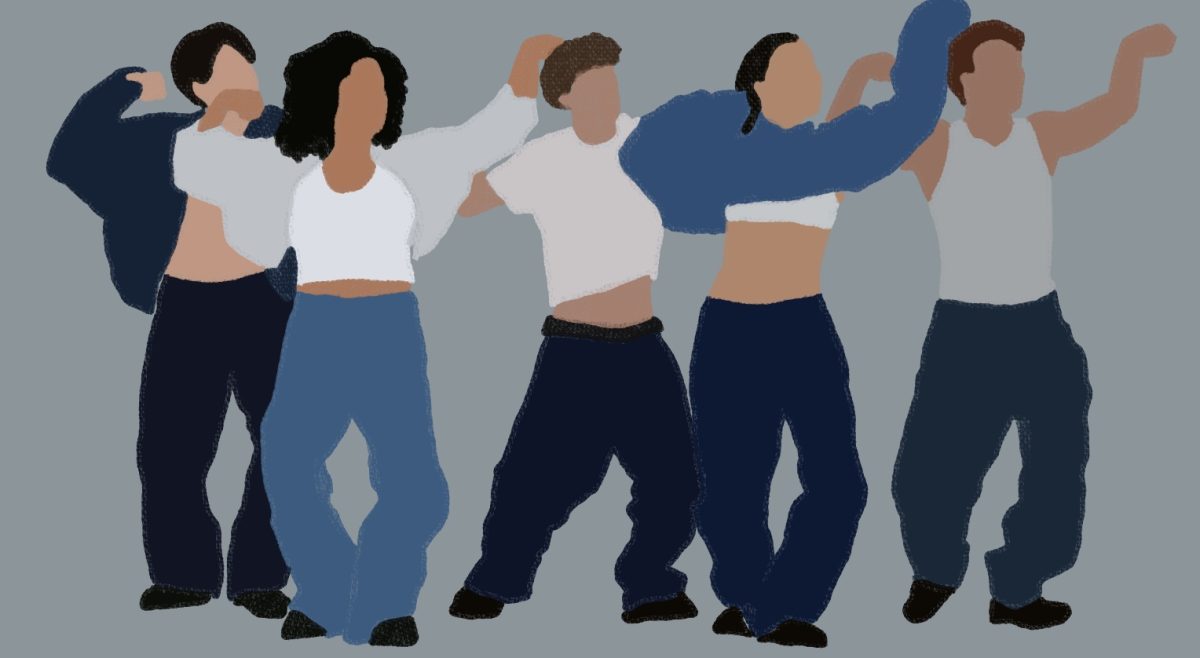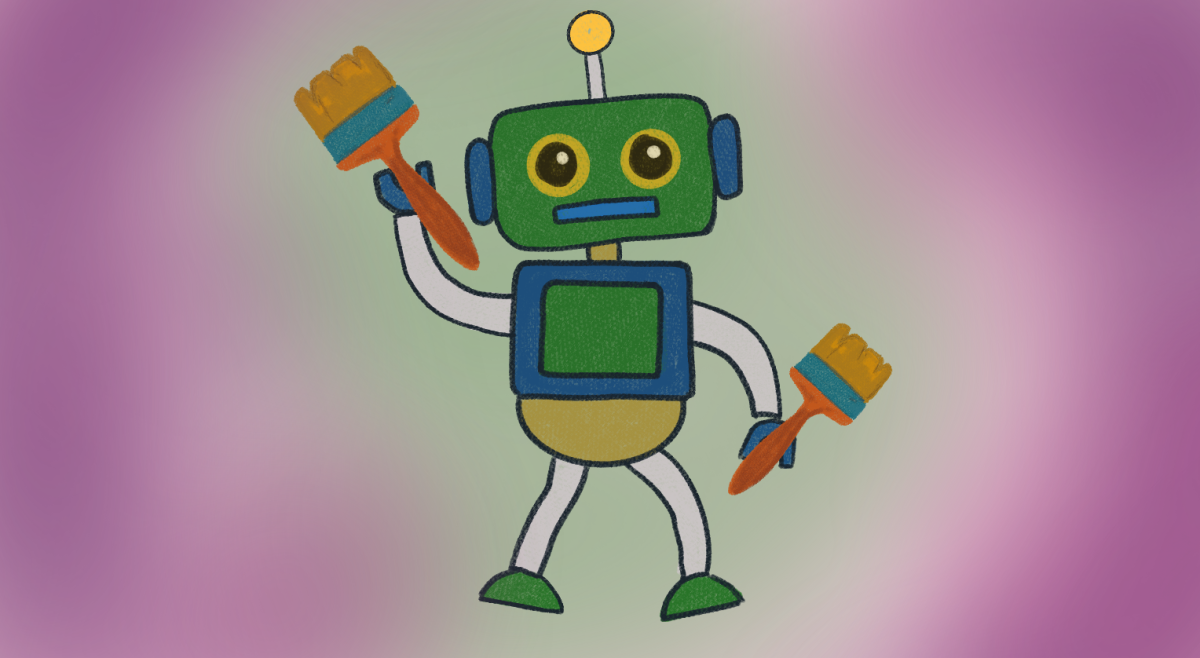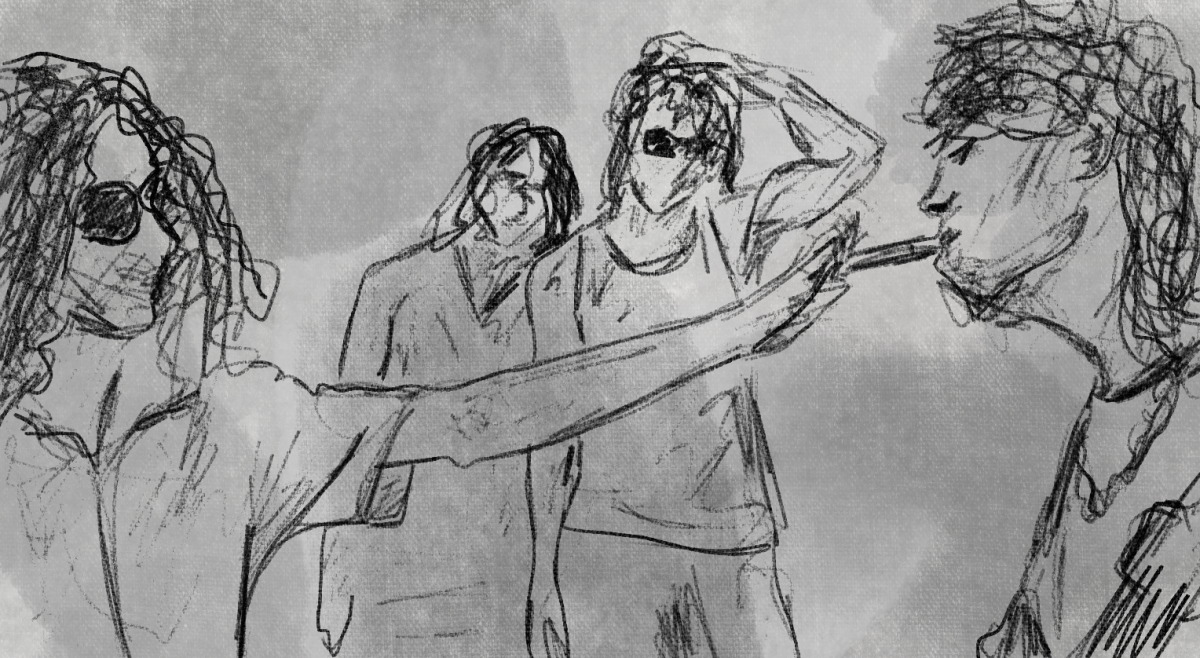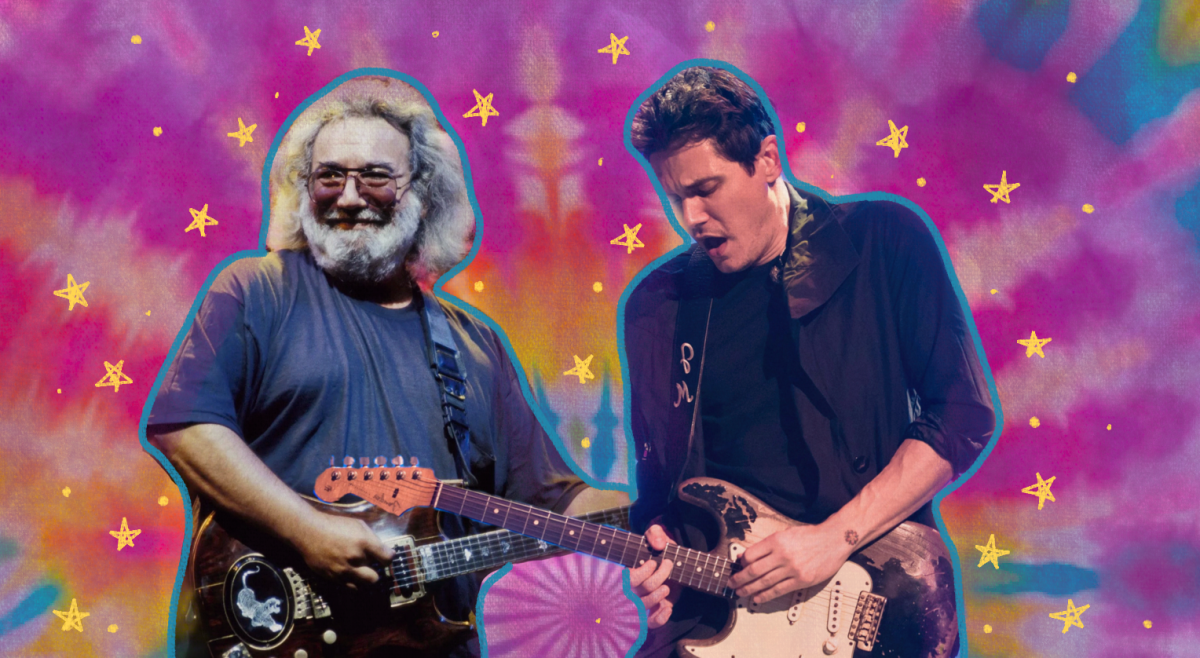This Sunday, my roommates and I—along with 127.7 million Americans—settled down at 6:30 p.m. to watch the Super Bowl. Each of us was watching for a different reason: the football, the commercials, to catch a glimpse of Taylor Swift decked out in Chiefs-themed designer labels, or, my personal favorite, the Super Bowl halftime show.
Last year, the announcement of Kendrick Lamar as 2025’s headliner made a splash for a few reasons. For one, rap performers are few and far between in the Super Bowl’s history, with barely a handful making an appearance in the past decade.
On top of the novelty of rap in the halftime show, Lamar’s ongoing feud with Drake had those following the drama waiting at the edge of their seats to see what Lamar would do with his national spotlight. And boy, he did not disappoint.
The 22-time Grammy winner brought the drama to start his performance. The camera found Lamar crouched under a spotlight on the hood of a vintage car while dancers in red, white, and blue jumpsuits poured out of the driver-side door.
To my surprise, the camera then panned to none other than Samuel L. Jackson, dressed in a caricatural Uncle Sam costume, welcoming the audience to the “Great American Game.” This was the first of Lamar’s thinly veiled metaphors commenting on America’s political and social state, indicating where this performance was about to go.
The first song was “squabble up,” which set the tone for the performance as high energy and visually compelling, especially with Lamar’s opening line: “The revolution ’bout to be televised, you picked the right time but the wrong guy.”
Strong backlighting and color-segregated groups of dancers created a somewhat ominous theme, feeling very Hunger Games–esque. After the first song, Jackson reappeared as Uncle Sam to criticize Lamar: “Too loud, too reckless, too … ghetto. Mr. Lamar, do you know how to play the game? Then tighten up!”
In response, Lamar launched into his hit song “HUMBLE.” as the multicolored dancers arranged into the American flag. At the lines, “Be humble, sit down,” the Black, male dancers began marching in strict lines, their faces expressionless and actions robotic as they obeyed Jackson’s request. Like I said, lots of blatant symbolism.
Throughout the next three or four songs, Lamar kept up the energy, moving around the various stages set up across the field. After “peekaboo,” another song off his newest album, GNX, the opening notes of the long-awaited “Not Like Us” played.
I sat straight up with excitement when I heard it, but like many others, I had to stay patient as Lamar followed the tease by welcoming SZA onto the stage. Dressed in all red, the four-time Grammy winner accompanied Lamar in two of their collabs, “luther (with sza)” and “All the Stars (with SZA).”
At this point, I realized how disappointing the audio quality was. Rapping requires enunciation, and both Lamar’s and SZA’s voices were muffled, the lyrics difficult to decipher. That was one of the show’s main letdowns—not as jarring as Patrick Mahomes’ six sacks and two interceptions, but close.
The pièce de résistance was initiated by yet another Uncle Sam appearance. Jackson led with a compliment, saying, “Yeah, that’s what I’m talking about. That’s what America wants, nice and calm. You’re almost there. Don’t mess this—” before being cut off by the opening notes of “Not Like Us” being played once more.
At this point in the show, Lamar participates in a back-and-forth with four female dancers. One of the singer’s standout lines comes during this exchange, saying, “40 acres and a mule, this is bigger than the music.”
The latter part of that statement is candid, but the meaning behind the former references Special Field Order No. 15, a Reconstruction-era policy that would have given newly freed African Americans land and a mule in order to become economically self-sufficient. That promise went unfulfilled.
This marks one of many metaphors Lamar incorporated into his performance referencing how the American socio-political system has left African Americans unable to become financially independent. Using his time before the American people to spread his message, it was clear that Lamar had a greater objective besides entertaining—and he certainly shared it.
With that miniature piece of dissent complete, Lamar finally launched into his penultimate song, “Not Like Us,” with enough energy and hype to get all of my roommates dancing in their seats. This song delivered everything we had hoped it would—dynamic vocals, vibrant dancing, and many clear jabs at Drake.
The most mind-blowing moment was when Lamar stared down the camera and sang, “Hey Drake, I hear you like ’em young” on national television in front of hundreds of millions of people. But the best part, by far, was the grin. If I were Drake and I saw Lamar grinning down the camera like that, I would run and hide. That is a man with nothing to lose and a whole lot to say.
Lamar kept the blows coming with a cameo from Serena Williams. For those without context, the star’s appearance would seem quite random, but rumor has it that Williams and Drake dated back in 2011. Given Drake’s recent diss towards Williams’ husband, it seems things did not end on good terms. Lamar’s performance was clearly a direct attack—and he delivered.
Lamar closed his set with the song “tv off (feat. lefty gunplay),” which opened with an adrenaline-pumping appearance by producer Mustard, but the energy fell off about 20 seconds into the song. If you aren’t going to close with “Not Like Us,” you’ve got to bring the heat, and I thought this last song ended up being mild at best.
As a casual Lamar fan, I was pleasantly surprised at the number of songs I knew on the setlist. I was disappointed, however, at the lack of older Lamar music included. Both the setlist and Lamar’s wardrobe seemed more intent on promoting the singer’s new music and production company rather than utilizing old favorites everyone knows and loves. Still, the ‘a’ necklace made for an excellent metaphor and finishing touch on his diss. And those bootcut jeans—come on, Lamar, drop the link.
At the end of the day, the Super Bowl halftime show is intended to entertain. If a performer chooses to entertain and make a statement, they have to ensure to do both well. Unfortunately for Lamar, it seems that his entertainment factor suffered to make space for the symbolic, which, somehow, many failed to comprehend.
While considered by some to be one of the less showstopping halftime performances we’ve seen in the Super Bowl’s history, I found Lamar’s performance compelling and provocative. Perhaps it was lacking some of the more Hollywood elements if you’re judging purely on showmanship, but I thought the passion and clarity in intention made up for its deficits. To its critics, I advise you to watch the performance again—I certainly will be—and do your homework.

